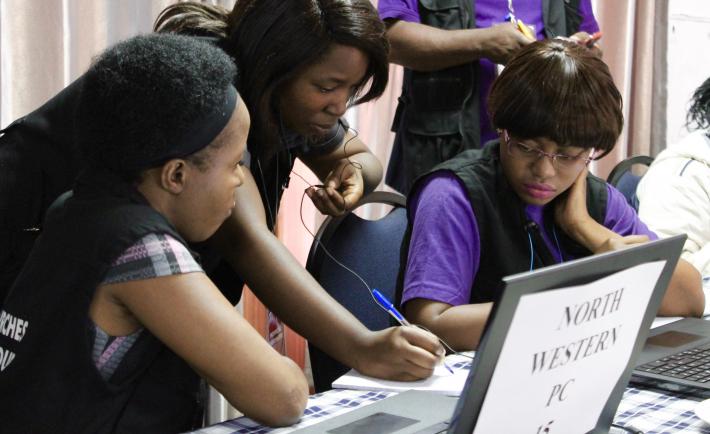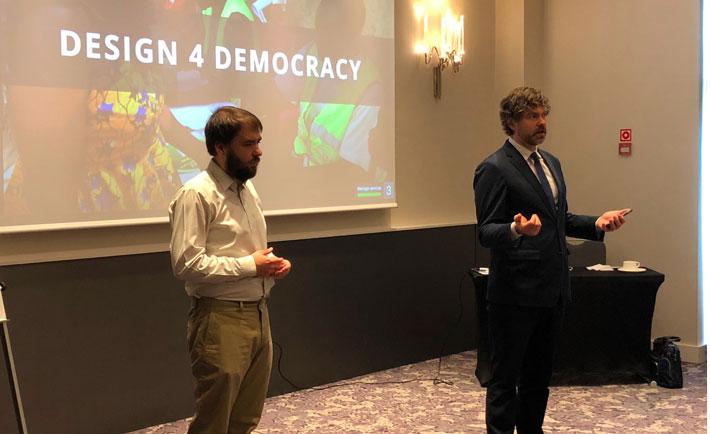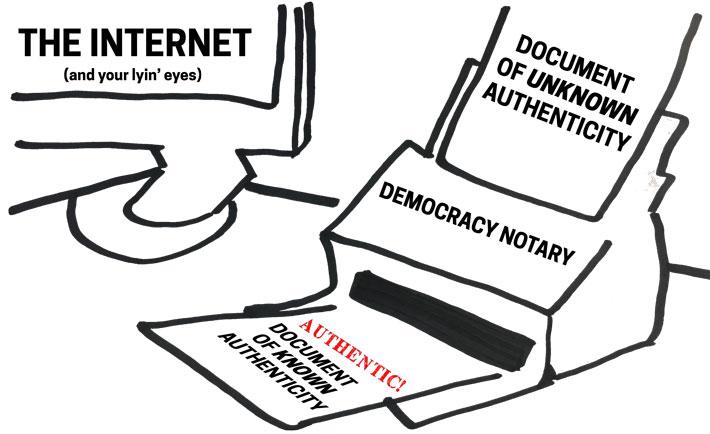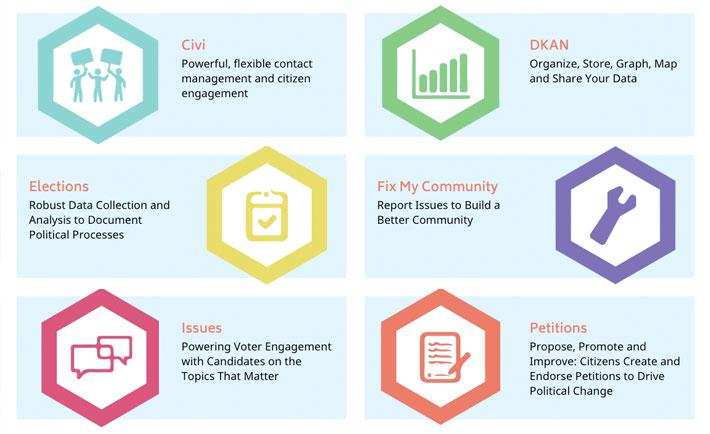It is hard to overstate the impact of digital transformation on democracies and the daily lives of citizens around the world. The developing world is coming online at an extraordinary pace; there are places in which NDI works that are receiving the most significant innovation of the 20th century – electrification – at the same time as that of the 21st – instant global communications. Past technology revolutions such as the printing press or broadcast media have transformed democracy and politics in rapid, profound, and hard to anticipate ways.
The State of Democracy and Technology
Cybersecurity in Ukraine: Deep Dives vs Broad Brush
The internet has never felt like a scarier place. Whether from sophisticated nation-state actors or freelancing hackers, democracy and human rights organizations face dangerous threats online. Despite the risks, civic and political players must be active in the digital arena with their country’s citizens to have an impact. NDI is working to help these organizations engage online and stay safe. Ukraine is in a dangerous digital neighborhood so political parties, civil society organizations and elected officials have a heightened need for cybersecurity.
Sorting Truth from Truthiness in the Digital Age
“Who you gonna believe” – as the comics say – “me, or your lyin’ eyes?” When it comes to politics, cognitive bias has always given citizens a strong push to believe “their side,” whatever the evidence to the contrary suggests. As disinformation swamps the internet, the problem has become much worse with lyin’ evidence that’s all too easy to believe. Increasingly, information is forged or manipulated. Convincing but fake, this disinformation fuels hyper-partisan hatred, bolsters conspiracy theories and undermines critical democratic institutions. But identifying disinformation is only one piece of the puzzle. What we need is a way to stop forged information entirely; a way to prove that content is original and legitimate.
In Fight Against Online Disinformation, A Variety of Tools Are Needed

Credit: Dave Taylor
In technology, you often hear geeks referencing the classic “garbage in, garbage out” problem. When the inputs to a system are bad, however beautifully crafted the program itself may be, the outputs will necessarily be bad as well. Our democratic systems are dependent on the input of citizens, but when disinformation is also an input the outputs of our processes can be deeply flawed. Disinformation and the systemic distrust it fuels has been a dangerous ingredient in the global surge of nativism, intolerance, and polarization undermining democracy and human rights around the world. Understanding and stopping disinformation is a tremendous challenge; any single solution will be incomplete so many will be required. In 2018, the fastest, most virulent and dangerous disinformation is spreading on digital platforms, and as such technical understanding is critical to wrap our heads around the problem.
Can blockchain help rebuild trust in democracy?
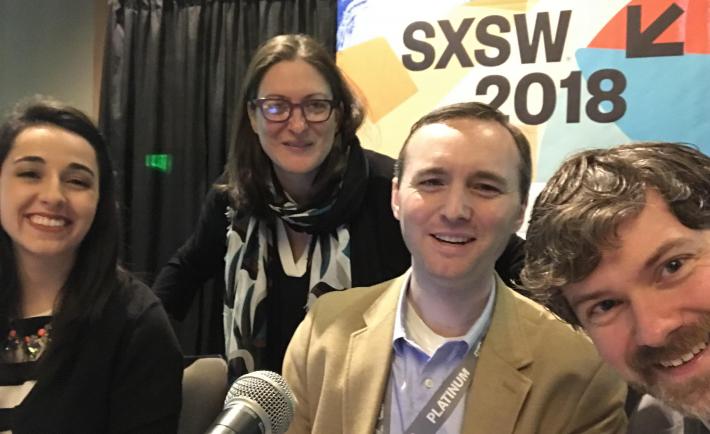
Rachel Pipan, Allison Price, Tomicah Tilleman and Chris Doten (far right) in on-stage selfie right before their South by Southwest panel “Trust Crisis: The Need for Blockchain.”
Don’t get lost in the technobabble – blockchain is a confusing technology with a simple purpose: enabling groups that don’t trust each other to trade things or validate information without an all-powerful middleman. In a world where trust in institutions, including government, is declining, blockchain provides a useful way to create new systems to empower groups to work together and define what truth is. The blockchain is not synonymous with cryptocurrency, but it is related to cryptocurrency in the same way that the first application of the internet was email.
What’s New in DemTools 2.0?
NDI is launching a new and improved version of DemTools, a technology toolkit for civil society and government, on December 9 in Washington, D.C. We’ve put a lot of sweat, tears, and code (no blood so far) into this adventure and are ready to share it with the world. DemTools 2.0 upgrades and expands our existing set of tools, which was deployed by 82 organizations around the world in the last year.
“The Medium is the Message” for Relaunched NDItech Blog
On the NDItech team, one of our goals is to share what we learn and highlight the accomplishments of our partners. Our blog -- NDItech.org -- is our primary platform to accomplish that, but it is also a testing ground for improving the accessibility of online platforms across the Institute.
From Strategy to Tactics - Assessment and Planning Tips for Technology-Enabled Programs
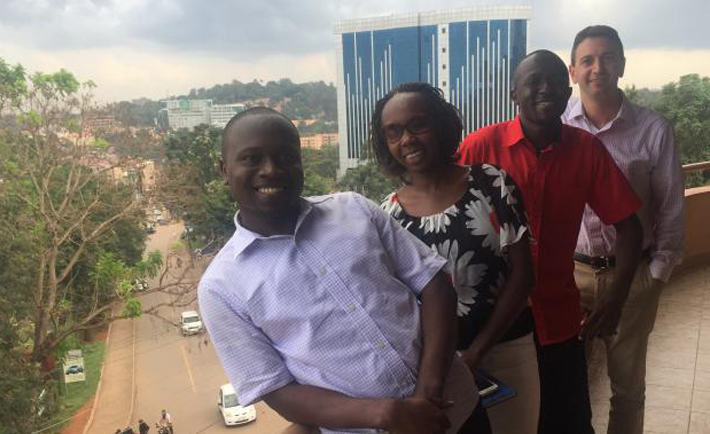
NDI meets with staff of OutBox Hub in Kampala, Uganda.
The goal of a planning a technology program assessment trip is to produce a detailed plan to meet program objectives and a shared vision between key stakeholders -- including the DC office, the partners, the field office team and other collaborators -- on how to make it all happen. We also need to be able to make sure that the partner's priorities and needs are matched to the appropriate tools.


